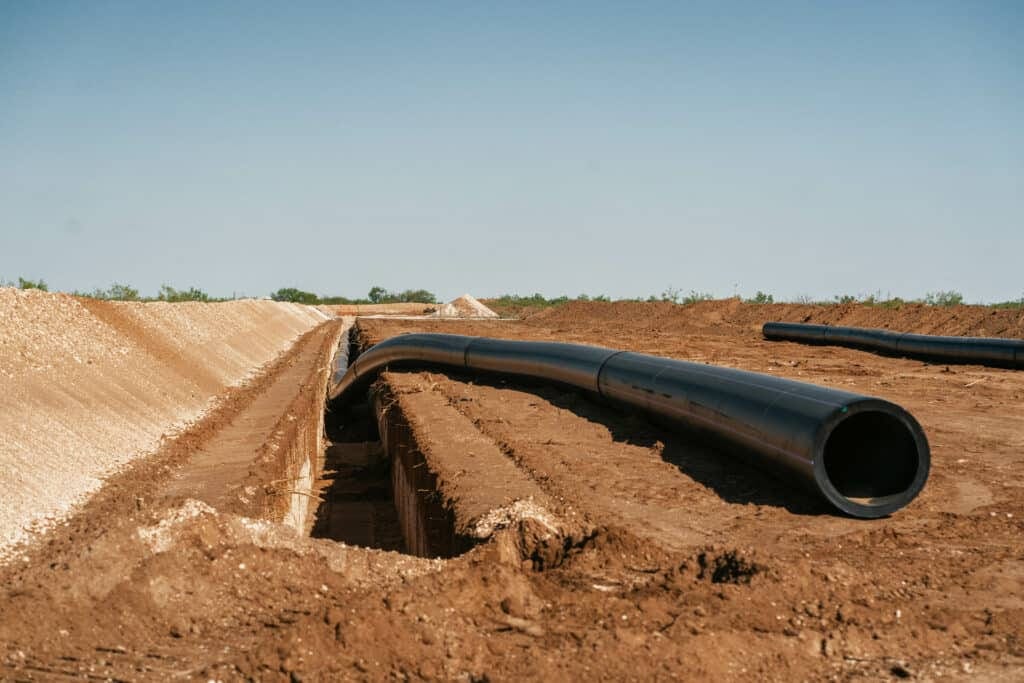Barrick Gold Corporation, one of the largest gold mining companies in the world, offers a compelling case study of the dynamics and intricacies of the global mining industry. Based in Toronto, Canada, Barrick operates numerous gold mines across several continents, with its primary operations in North America, South America, Africa, and Australia. This blog post aims to provide an in-depth overview of Barrick Gold’s operations, financial performance, strategic initiatives, challenges, and its overall contributions to the mining sector. dcpipe pipeline expert

History and Development
Barrick Gold Corporation was founded in 1983 by Peter Munk and his partners as a small exploration company in Canada. Over the decades, it has grown into a major player in the gold mining industry, both through strategic acquisitions and successful mining operations. Significant milestones include the acquisition of the Hemlo Gold Mine in 1985 and the 2006 merger with Goldcorp, which positioned Barrick as a dominant force in the industry.
In recent years, Barrick has focused on increasing operational efficiency and generating sustainable returns for its stakeholders. The reshaping of Barrick’s asset portfolio has been critical, involving the divestiture of non-core assets and the acquisition of high-quality projects.
Global Operations
Barrick operates a diverse array of mining operations in different geographical locations, characterized by both surface and underground mining methods. Some key sites include:
- North America: Barrick’s North American assets include the Cortez, Goldstrike, and Pueblo Viejo mines. These operations leverage advanced mining technologies and employ environmentally responsible practices to optimize production.
- South America: In South America, Barrick primarily operates the Veladero mine in Argentina and the Pascua-Lama project, which straddles the Chile-Argentina border. However, regulatory challenges and environmental concerns have impacted operations and development plans here.
- Africa: Barrick has a significant footprint in Africa, particularly in Tanzania, where it operates the Bulyanhulu and North Mara mines. The company’s approach to managing relationships with local governments and communities is crucial to ensuring the sustainability of its operations.
- Australia: Barrick’s presence in Australia is anchored by its stake in the Veladero mine in Argentina and various joint ventures, including some that leverage the company’s expertise in open-pit mining techniques.
Financial Performance
Barrick Gold has shown a commitment to enhancing shareholder value through prudent financial management and strategic investments. The company is publicly traded on the Toronto Stock Exchange (TSX) and the New York Stock Exchange (NYSE) under the ticker symbol “ABX.”
The company has reported consistent revenue growth, largely due to higher gold prices and vigilant cost management. In recent quarterly reports, Barrick has demonstrated resilient earnings, which are underpinned by its high-quality assets and operational efficiencies. Barrick’s cash costs have steadily declined, making it competitive compared to its peers. Moreover, the company has prioritized shareholder returns through dividends and stock buybacks.
Strategic Initiatives
Barrick’s strategic vision focuses on sustainability, innovation, and operational excellence. Here are some key strategies:
- Sustainability Commitments: Barrick Gold emphasizes environmental stewardship. The company has implemented a comprehensive sustainability strategy that includes initiatives aimed at reducing carbon emissions, conserving water, and rehabilitating mined lands. Barrick’s commitment to sustainable practices is essential to secure its social license to operate in various regions.
- Technology and Innovation: The company invests in technological advancements to improve efficiencies across its operations. From drone technology to automated drilling processes, Barrick is at the forefront of leveraging innovation to drive productivity.
- Cost Management: A relentless focus on cost management has enabled Barrick to weather fluctuations in gold prices. The company consistently seeks to optimize its supply chains and reduce operational costs through advanced analytical systems and predictive maintenance.
- Community Engagement: Barrick recognizes the importance of working collaboratively with local communities. The company has established various programs to support local economies, education, and health initiatives in the regions where it operates.
Challenges and Considerations
Despite its successes, Barrick Gold faces several challenges that pose risks to its operations and overall growth. Among these are:
- Regulatory Risks: Mining activities are highly regulated, and changing political climates can introduce unforeseen challenges. Barrick has faced regulatory hurdles in countries like Tanzania, where mining laws have undergone significant shifts.
- Environmental Concerns: The mining industry is under increased scrutiny concerning its environmental impact. Barrick must navigate the complexities of environmental regulations, community opposition, and the need for responsible resource management.
- Market Volatility: Gold prices can be highly volatile, influenced by various factors, including geopolitical tensions, economic conditions, and fluctuations in supply and demand dynamics. Barrick’s earnings are closely tied to gold price movements, which necessitate robust risk management strategies.
- Operational Risks: Mining is inherently risky, with various operational challenges such as equipment failures, accidents, and geopolitical issues that could affect production levels.
Conclusion
Barrick Gold Corporation stands as a beacon in the global mining industry, reflecting both excellence and resilience in its operations. The company’s commitment to sustainability, innovation, and community engagement, combined with its strong financial performance, positions it favorably for continued success in the future. However, the road ahead is filled with challenges, and Barrick must remain agile to adapt to the ever-changing landscape of the mining sector.
As Barrick continues to navigate these complexities, its ability to balance economic objectives with environmental and social responsibility will be key to its long-term viability and legacy in the mining world. dcpipe pipeline expert

